Find out about The Open University's Open degree.
What is Peace Education?
In Peace at the Heart, a recent report on education in British schools commissioned by Quakers in Britain, David Gee and co-authors explain that:
Peace Education is a critical approach to personal and social development rooted in a commitment to ‘peace’: not only the absence of violence but also the presence of relationships that work well.
All school communities are diverse in a myriad of different ways. They are made up of people from different social classes, ethnicities, linguistic and cultural backgrounds, income brackets and genders. This means that a school’s capacity to foster the positive relationships that build a strong community depends on everyone’s commitment to, and skills in, building positive relationships with people who might have different life experiences and values. From this perspective, Peace might be seen as a verb, the (sometimes hard) work and effort of co-operation and communication that human beings carry out in their everyday relationships with each other.
What is intercultural competence?
Peace and intercultural competence are intermingled in United Nations Sustainable Development Goal 4:7, which calls for the ‘…promotion of a culture of peace and non-violence, global citizenship, and appreciation of cultural diversity and of culture’s contribution to sustainable development.’ The United Nations describes intercultural competence as a ‘thrilling challenge’ that opens the learner up to multiple ways of seeing the world and making new discoveries (UN 2013). It involves values of cultural diversity and human rights, attitudes of openness, respect and tolerance, knowledge of the self, communication, cultures and religions and skills including critical thinking, empathy and adaptability (Barrett 2018). Such competencies can be developed through Peace Education activities that offer opportunities for groups to find areas of commonality in diverse communicative repertoires, enabling people to work effectively together, whatever their differences.
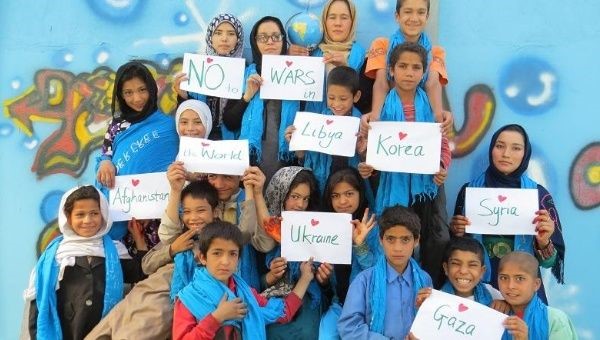 Source: Afghan Peace Volunteers
Source: Afghan Peace Volunteers
Pineapples and Pashto: learning for and about peace
Peace Education is not a universal blueprint. Conflict might be understood in many ways by people with diverse life experiences. Different cultural traditions understand and have their resources of to draw on for peace making, so much of the learning in Peace Education comes from listening to each other.
Years ago, Quakers in Britain partnered with Afghan Peace Volunteers to make an education pack for UK schools about Afghanistan, exploring children’s rights and the impact of war. The workshop plans were designed for delivery through circle time games, discussion and group work. This meant the pack’s activities taught about peace and conflict in the wider world, but also built relationships and understanding for peace in the classroom through its workshop approach.
The pack adapts simple games like fruit salad, a game that mixes a circle of people by giving each person one of several fruits (pineapple, banana etc) and letting them race to swap seats when their fruit is called. The game is simple enough to change the language vocabulary to Afghan languages like Dari and Pashto, so pineapple become ananas, banana becomes kayla and so on. At the end of the game, players have made salata mewa out of their circle, a fruit salad.
During workshops, participants spend time using images and story to paint a picture of everyday life in Afghanistan – of beautiful snowy mountains, henna, minarets, tandoors and the smell of freshly baked bread in the morning – and of course, kite flying!
Sometimes young people with experience of life in Afghanistan became experts, describing their everyday life. With older students, workshop facilitators use landays, the Afghan folk poems traditionally shared by Pashtun women, giving insights into the personal and political perspectives of everyday Afghans. This furthers intercultural understanding before participants explore more challenging questions about the impact of war. The learning culminates in kitemaking following the Afghan tradition. Students decorate their own kites with their own messages in any language, be it English, Dari, Pashto, or a language of their choice.
Building intercultural competence and communicative skills through Peace Education
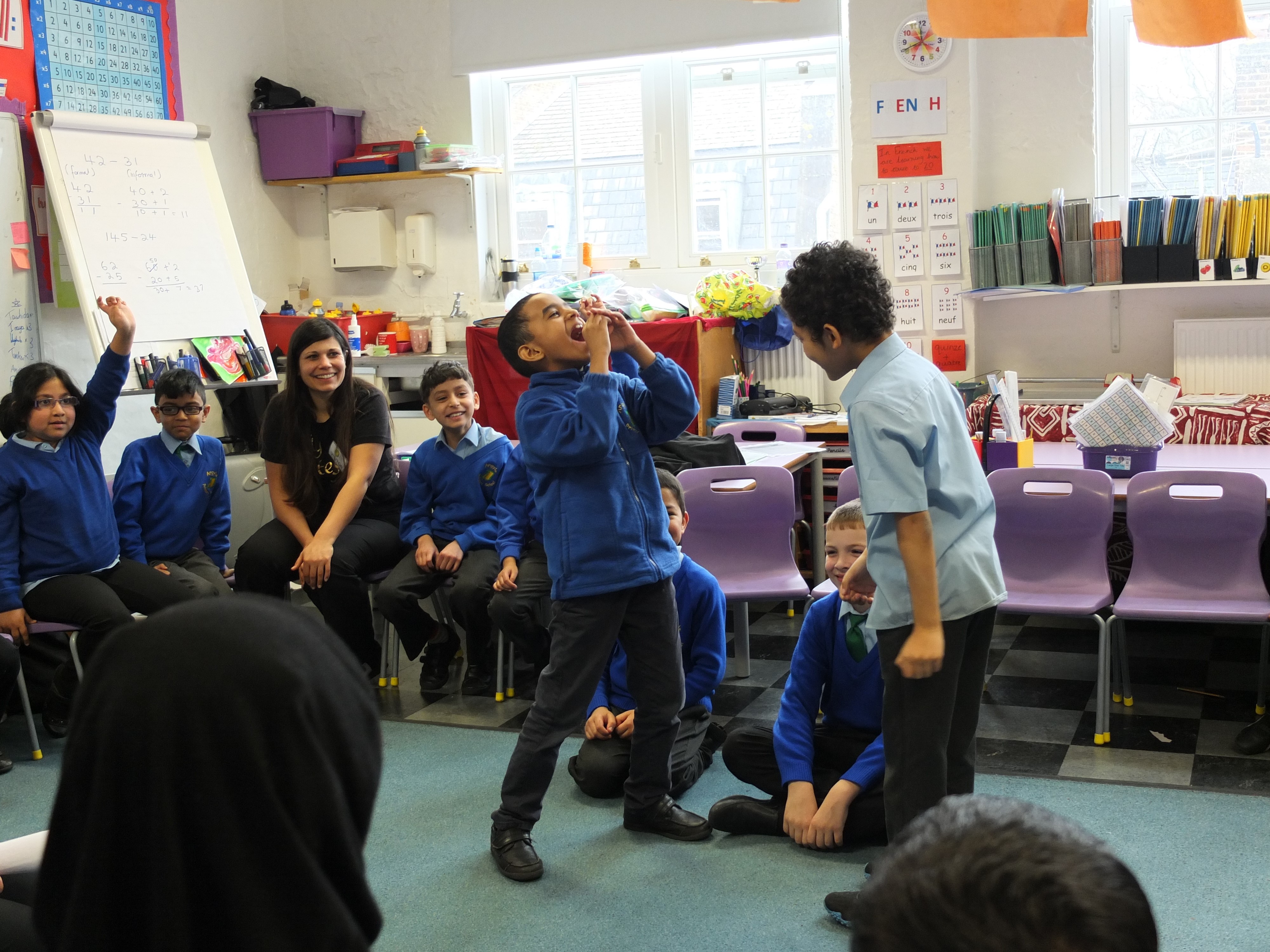 Children in a London school act out their rights in a circle time session about Afghanistan.An activity as simple as ‘fruit salad' is one way into the
thrilling challenge of intercultural education. The seating arrangement in a
circle, an important feature of Peace Education, means that all the class can
see one another and have a greater opportunity to observe non-verbal forms of
communication such as gestures and facial expression. As everyone learns words
from each other’s languages, they are also building the game together and are
encouraged to follow each other’s actions rather than being overly concerned
about the details of the words. This activity builds knowledge of the diversity
of languages and fosters an openness and curiosity about that diversity. Such
classroom work can create a place where children and young people can think
about peace in their own lives and the world beyond the school.
Children in a London school act out their rights in a circle time session about Afghanistan.An activity as simple as ‘fruit salad' is one way into the
thrilling challenge of intercultural education. The seating arrangement in a
circle, an important feature of Peace Education, means that all the class can
see one another and have a greater opportunity to observe non-verbal forms of
communication such as gestures and facial expression. As everyone learns words
from each other’s languages, they are also building the game together and are
encouraged to follow each other’s actions rather than being overly concerned
about the details of the words. This activity builds knowledge of the diversity
of languages and fosters an openness and curiosity about that diversity. Such
classroom work can create a place where children and young people can think
about peace in their own lives and the world beyond the school.
If schools invest in learning and practising the skills of intercultural communication, diverse school communities can add to their repertoire of skills in developing and maintaining relationships that work well. Such relationships are key to building a peaceful community where people value themselves, each other and the world around them; learn about and practice non-violent ways of managing conflict and go out into the world prepared to enact peace in their everyday lives.
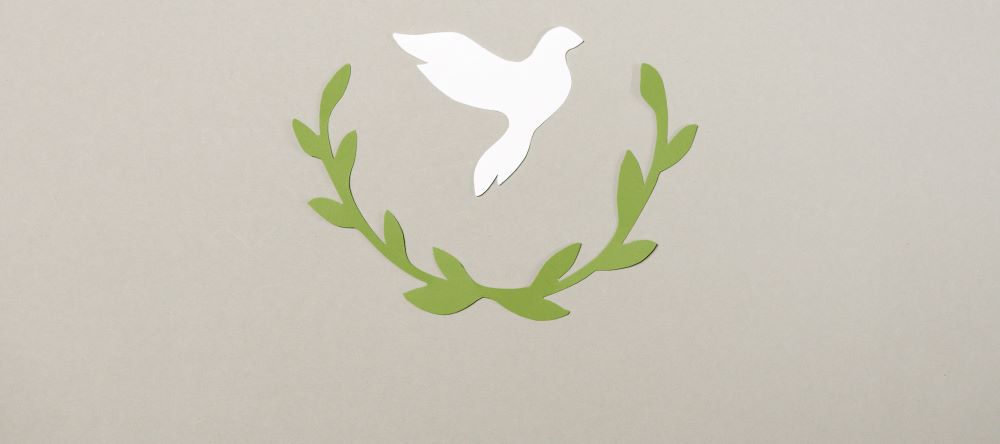
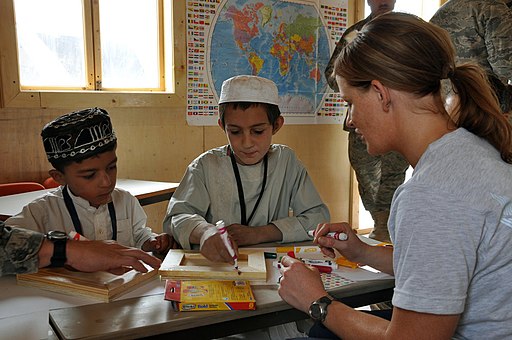
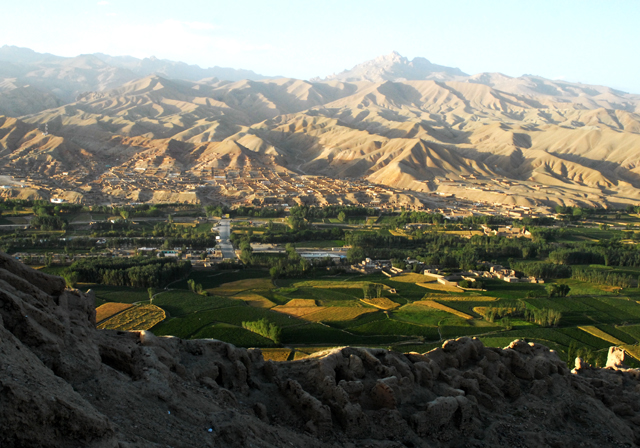
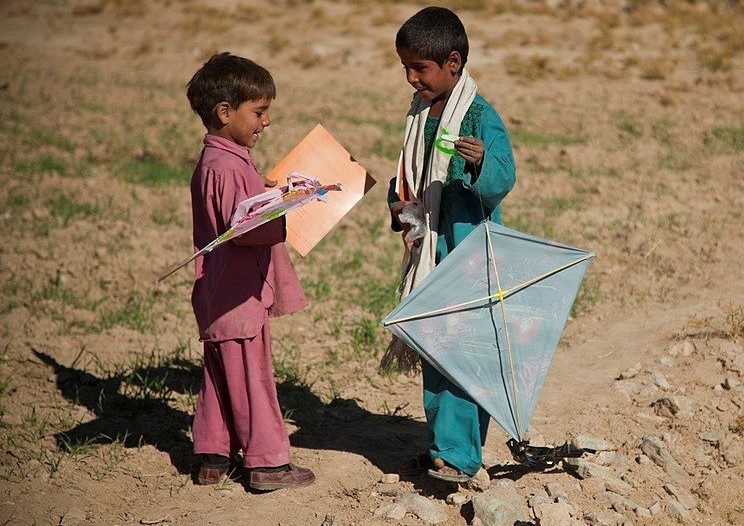
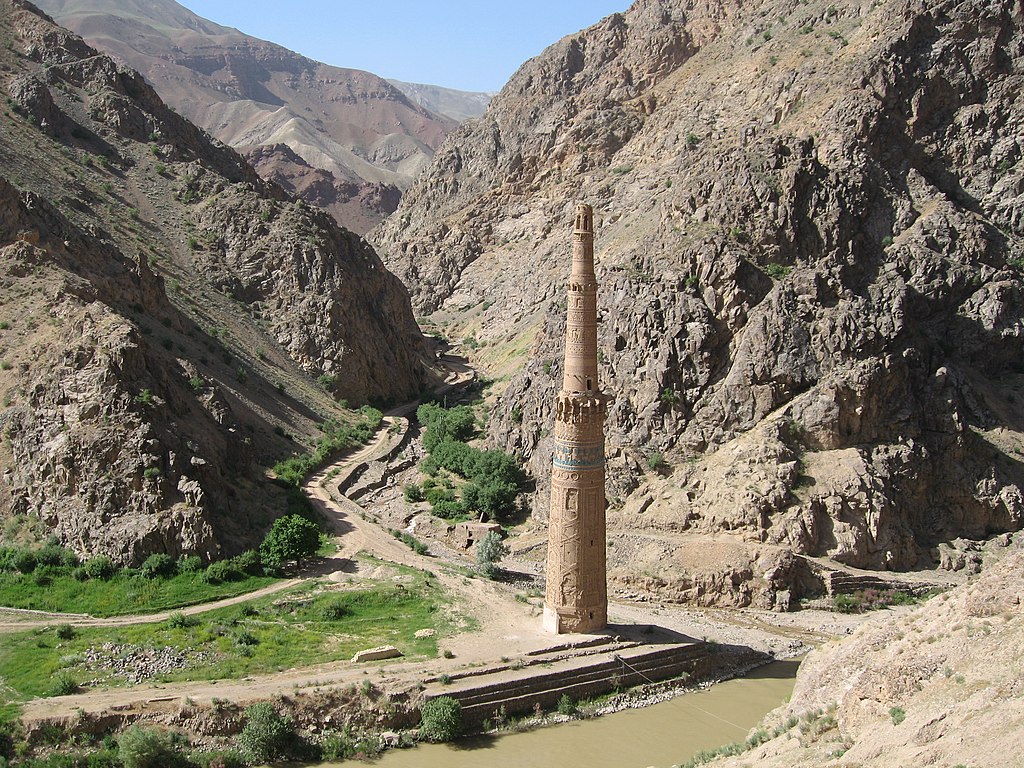
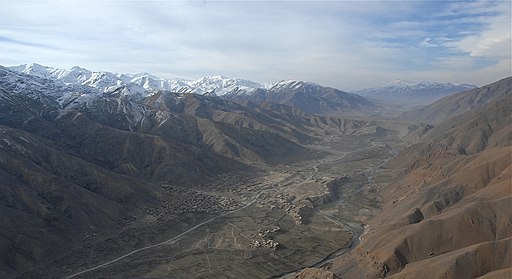
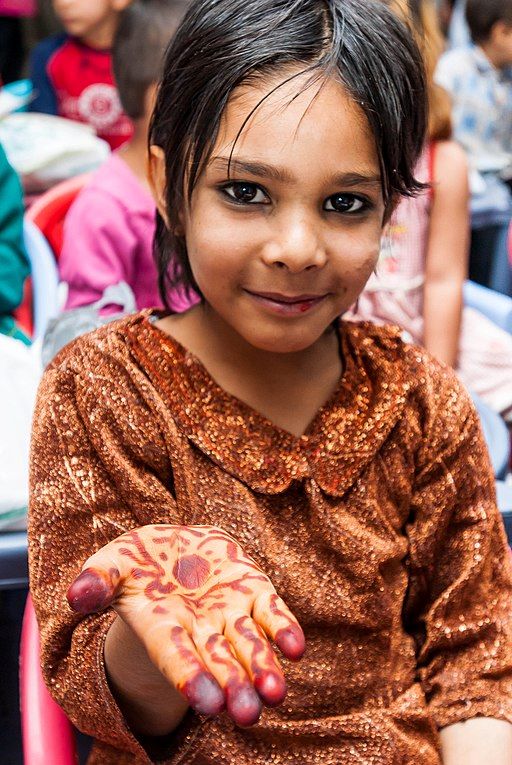



Rate and Review
Rate this article
Review this article
Log into OpenLearn to leave reviews and join in the conversation.
Article reviews